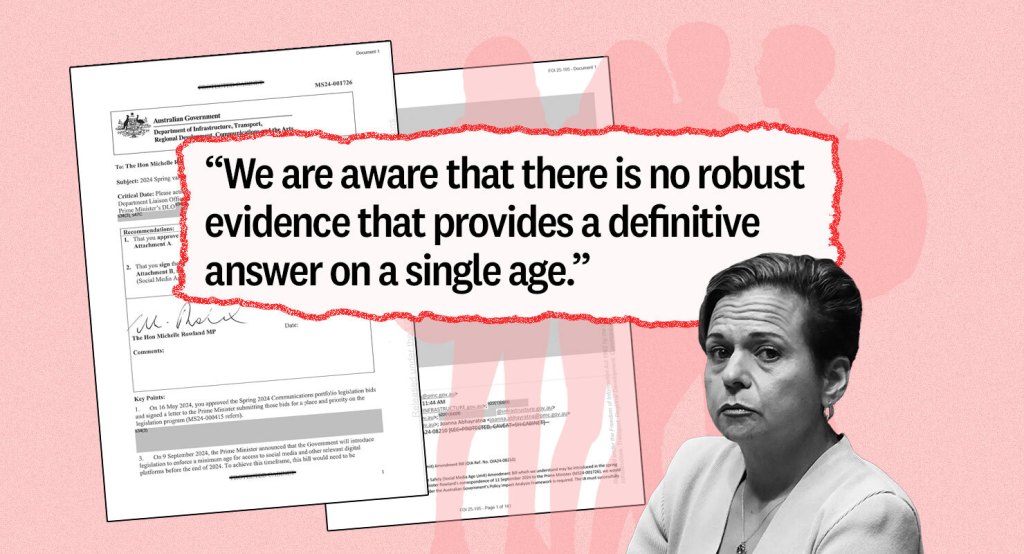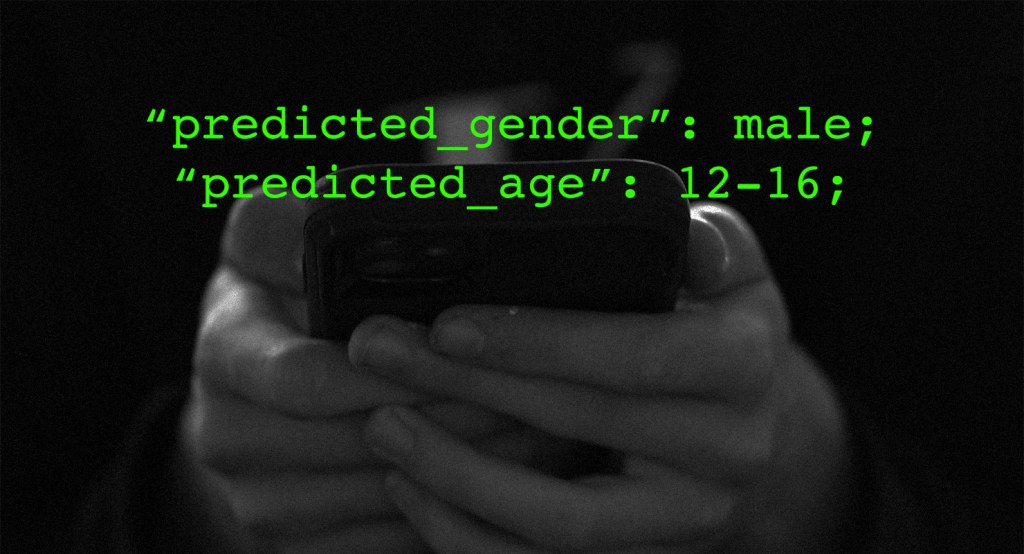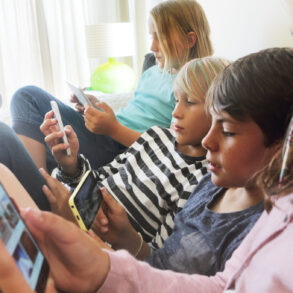The first look at which tech platforms will avoid being part of Australia’s teen social media ban has revealed some puzzling decisions and sparked an argument among tech companies over who should be exempt.
As first reported by Capital Brief and Guardian Australia last week, the federal government has circulated documents sketching out the draft details of the implementation of its Online Safety Act (Minimum Age Amendment) bill, which will force social media companies to take “reasonable steps” to prevent children under the age of 16 from having accounts on their platforms from December this year.
This included a discussion paper and an exposure draft of the “online safety rules”; a set of regulations made by the communications minister that decides which social media companies are exempt from the ban.
Both Meta — owner of Facebook, Instagram, WhatsApp and Threads — and TikTok criticised the rules as treating social media companies differently, in comments made to Capital Brief and The Australian Financial Review.
The biggest target among rival tech companies through the consultation has been YouTube. It’s been quite a rollercoaster ride for the video platform. First, it was included in the ban announced in early November. Then, it was officially excluded as one of the apps that has a “significant purpose to enable young people to get the education and health support they need”, Communications Minister Michelle Rowland said two weeks later. Now, YouTube’s carve-out is no longer linked to exemptions for apps that have a primary health or education purpose. Instead, YouTube has the only platform-specific exemption.
The stated reason for this preferential treatment: “[YouTube] is an important source of education and informational content … This contrasts substantially with other content streaming services, which are predominantly used by young people to view short-form entertainment content,” the discussion paper says (the source for this claim? A paper about consultations conducted for the eSafety commissioner in 2021, before YouTube Shorts was even released in Australia).
You can see why Meta and TikTok are feeling hard done by. Each has popular, algorithmically driven short video platforms that are a significant purpose of the app: Instagram Reels, TikTok and YouTube Shorts. For all intents and purposes, they are the same in terms of features. But under Australia’s teen social media ban, TikTok and Instagram’s teen users are being cut off, with YouTube Shorts ready to roll out the red carpet to those who want to keep scrolling.
Dr Aleesha Rodriguez, a research fellow at the Australian Research Council Centre of Excellence for the Digital Child at QUT who has been closely following the ban’s development, says the draft rules show how the policy “completely misunderstands how the internet and platforms work”.
“Trying to address it in this blunt way at the app level is not actually getting to the crux of it, which is: why do particular features have particular impacts?” they told Crikey.
A similarly mystifying distinction is which apps have been defined as “message services” that are also exempt from the ban. Naturally, apps like Meta’s WhatsApp, Facebook Messenger and Signal have been defined as messaging apps. But, in a high-profile walkback by Rowland, Snapchat is set to be defined as a social media app.
The discussion paper makes the case that “while Snapchat supports messaging, it also contains social networking features such as stories and [location sharing] ‘Snap Map’ that are core features to the service.”
While true, those features also exist on WhatsApp, Messenger and Signal, all of which have location-sharing settings and disappearing “stories”, too. (WhatsApp arguably has even more social features with its Facebook page post-like updates feature). If the government has evidence that Snapchat users are using its social features more than the users of other similar apps, it hasn’t shared it.
Interestingly, the office of Australia’s eSafety commissioner has not yet been consulted on these rules, a spokesperson told Crikey, although it has seen these documents and is required to advise the communications minister prior to the rules being enacted.
While the seemingly arbitrary decisions made to platforms with near identical designs might be more evidence of the teen social media ban’s haphazard development, Rodriguez says it also threatens to undermine any benefits of the ban.
“I do think that the kind of societal ills that we’re trying to address will just keep being repeated and follow them on different platforms where young people go,” they said.
“What we need to be doing is radically redefining, reshaping, reimagining what these platforms for young people look like and recognising that we as adults have a responsibility to create good online experiences for young people.”
The rules are set to be finalised by the middle of the year, according to the discussion paper. Rowland’s office did not provide a comment on the record.
Have something to say about this article? Write to us at letters@crikey.com.au. Please include your full name to be considered for publication in Crikey’s Your Say. We reserve the right to edit for length and clarity.









